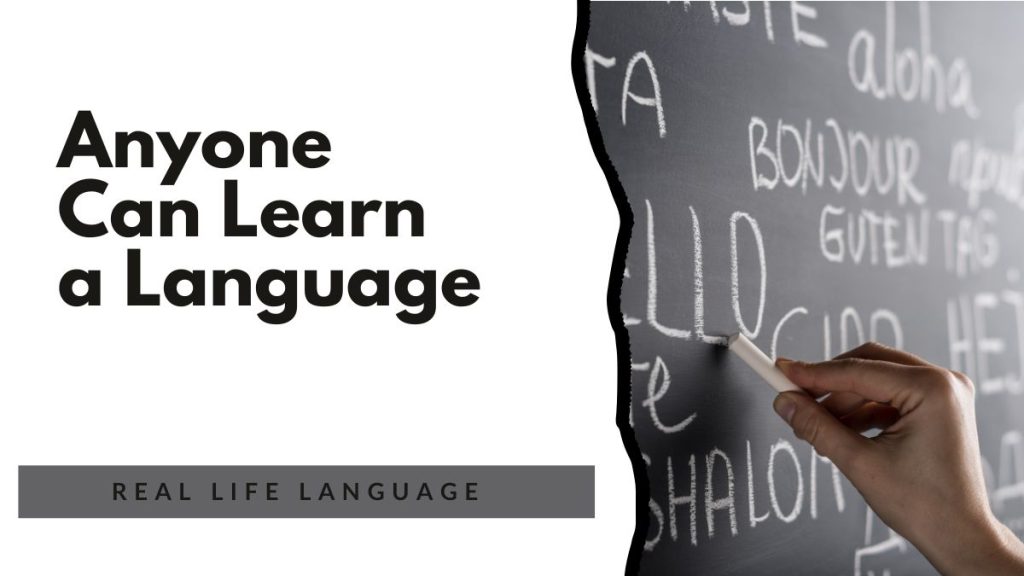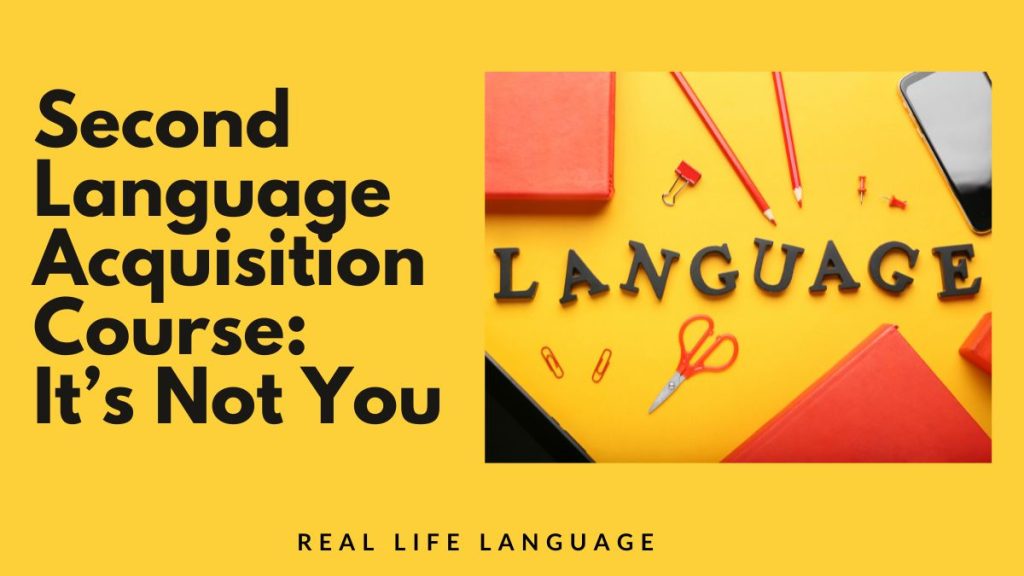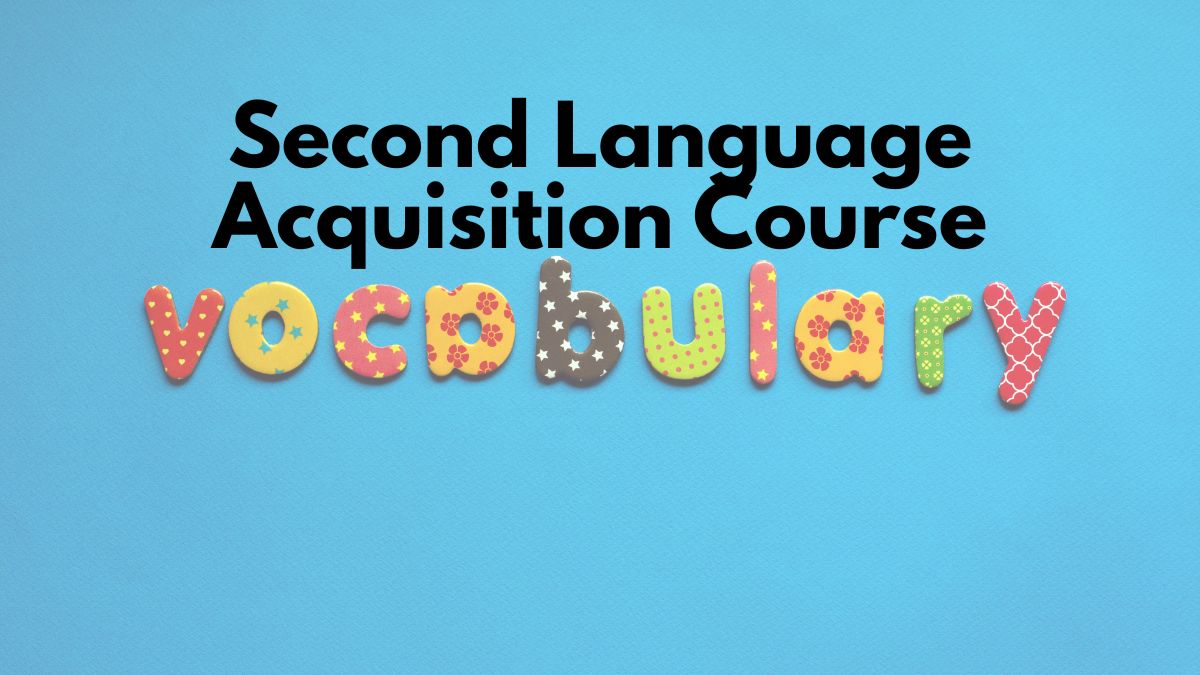
This post lays out a compact, practical plan you can use today. If you’re learning or teaching a second language course, you’ll find clear routines, simple exercises and tools to make vocabulary learning both efficient and communicative.
Why vocabulary learning is different
Vocabulary is the building block of any language, but it doesn’t behave the same way as other parts of language learning. While fluency and grammar development tend to follow a fairly linear path — words → phrases → sentences → paragraphs — vocabulary acquisition is messier and non-linear. You’ll recognise some words instantly, forget others, and suddenly recall previously unknown chunks when they become relevant.
“Learning vocabulary is not necessarily a linear process.”
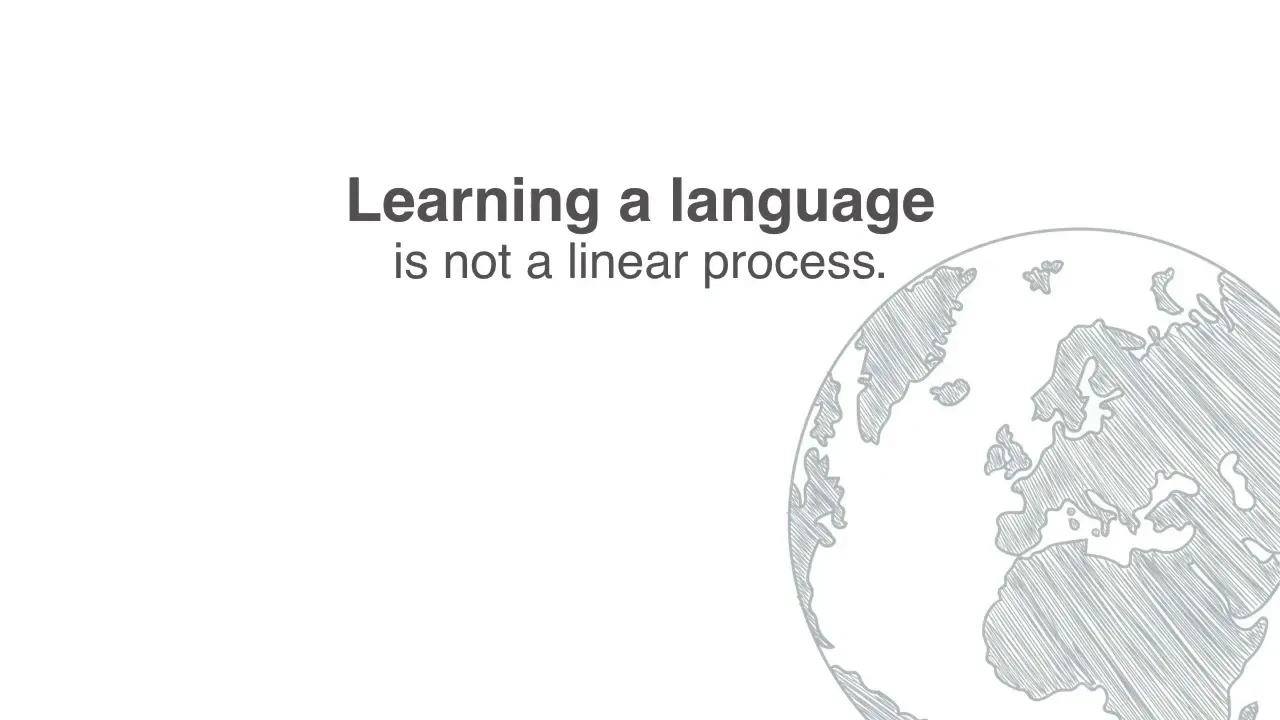
Because vocabulary is context-driven, avoid learning words only by arbitrary thematic lists (for example: “school words” or “home words”) as your main method. Those categories are useful for review, but they won’t give you the communicative chunks you need to function in real situations.
Chunking: learn language in meaningful pieces
One of the most effective shifts you can make for a Second Language Acquisition Course: Vocabulary is to learn in chunks — phrases and short patterns that fulfill tasks. Think of useful chunks like “I need…” which can be used at a market, in a shop, or at home. Chunks stick because they are meaningful and immediately usable.
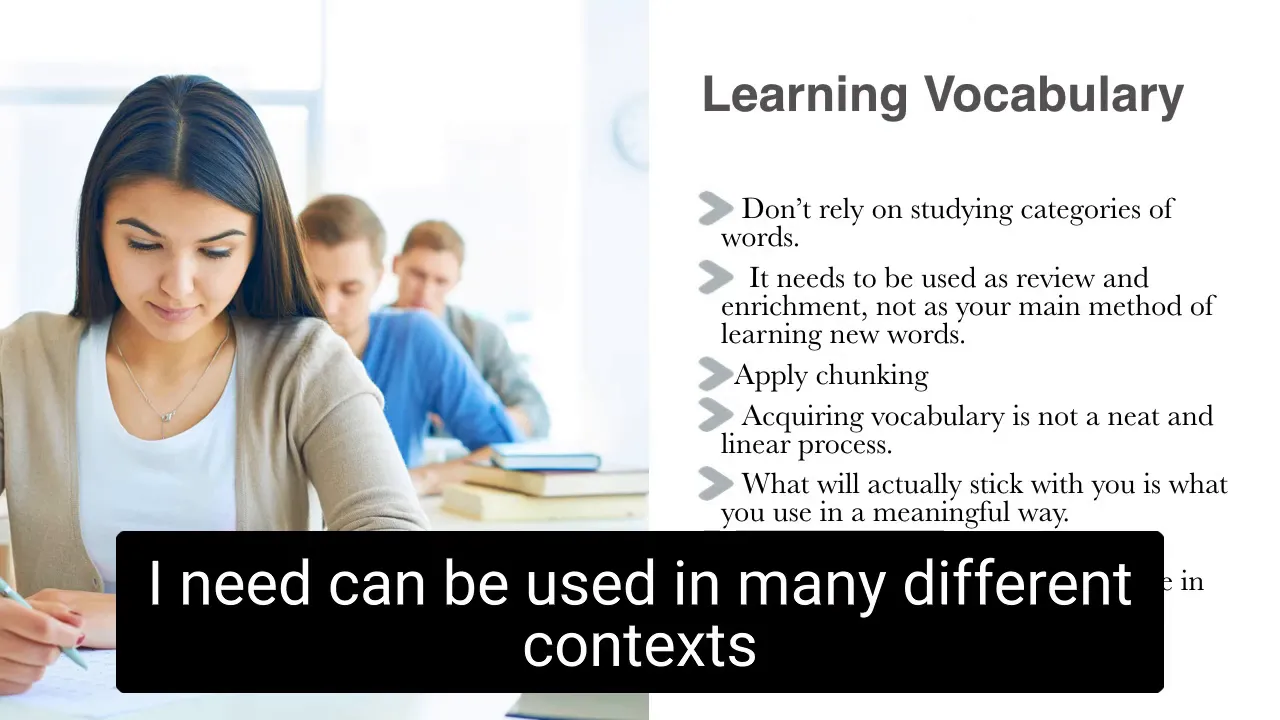
Input vs output: structure your cycles
Input (what you listen to and read) is where most vocabulary learning happens. Output (what you say and write) is how you test and consolidate knowledge. Aim for roughly twice as much input as output: more time absorbing authentic language, less pressure while practising producing it.
“I like to do twice as much input as I do output.”
Practical input sources:
- Pimsleur-style audio lessons for beginners (dialogue-driven, with built-in prompts).
- Short videos, podcasts, Yabla videos, films and magazine articles for intermediate learners.
- Regular conversation lessons with native speakers (e.g., via platforms like italki) to combine input and immediate output.

Organisation: task books and task-based goals
Design a task book for the real-life scenarios you’re likely to face. Moving through tasks helps you identify gaps and gives purpose to further study. A good beginner task is “surviving in a restaurant” — it contains greetings, courtesy phrases and food-related vocabulary that transfer to many other contexts.
Quick task-based routines
- Choose a task (restaurant, taxi ride, returning an item).
- Collect the chunks and phrases you’ll need for that task.
- Use input (audio/dialogue) to absorb the language, then practise output with a tutor or a partner.
Practical study tools
Vocabulary columns
Vocabulary columns are a fast, paper-based way to learn sets of 10–15 target words or chunks. Steps:
- Write 10–15 target items in one column.
- Test recognition, study items you didn’t know.
- Fold the paper so only your source language is visible, try to recall and write the target items in the next column.
- Repeat across 6–8 columns (both sides of the paper) until the set sticks.
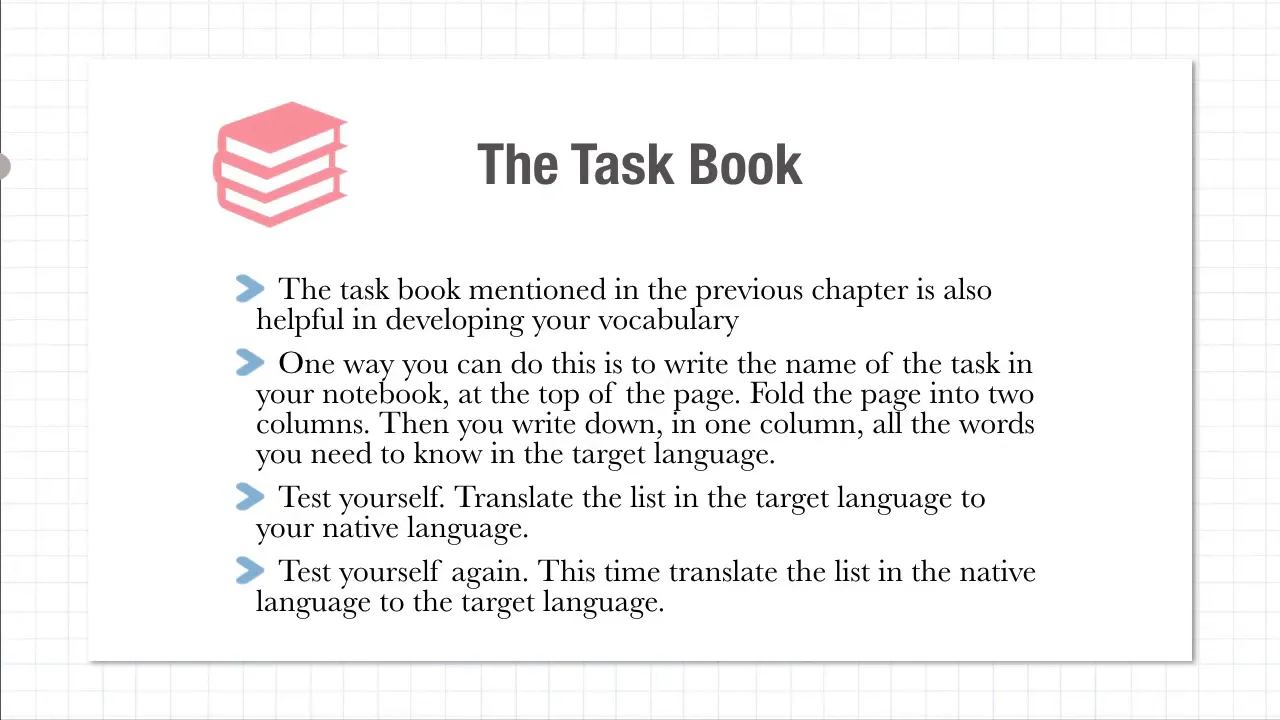
Communication cards (task cards)
Make index-card-sized task prompts on a metal ring. Each card contains the language needed to complete a specific action (e.g., give your address in a taxi, buy a SIM card, return a purchase). Keep them holistic — no grammar lectures — and practise them as small dialogues with a partner. Remove cards you’ve mastered and keep rotating the rest.
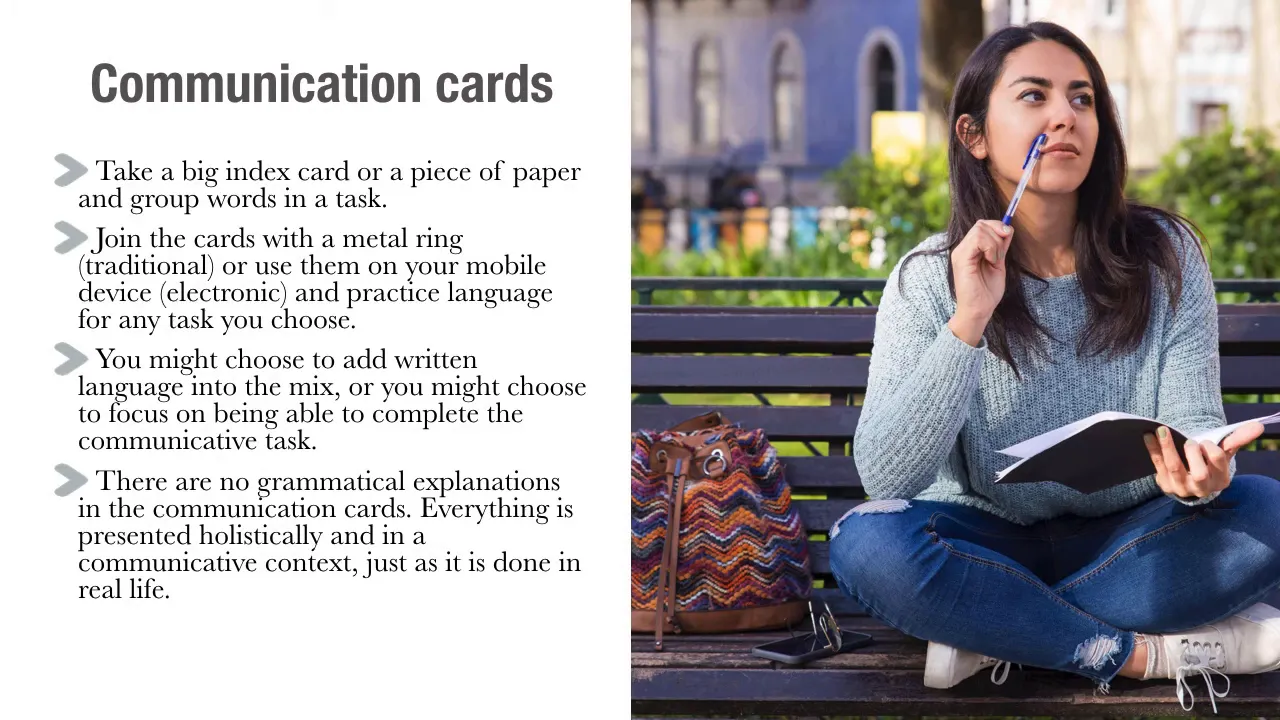
The Gold List method
The Gold List is a gentler alternative to intensive columns: you write down target words in a relaxed setting (music, comfortable chair), mark which ones you’ll likely recall, and carry forward only those you can’t recall. It’s low-pressure, regular, and surprisingly effective for long-term retention. If you want a deeper explanation, look for resources by Lydia Makova who explains the technique well.
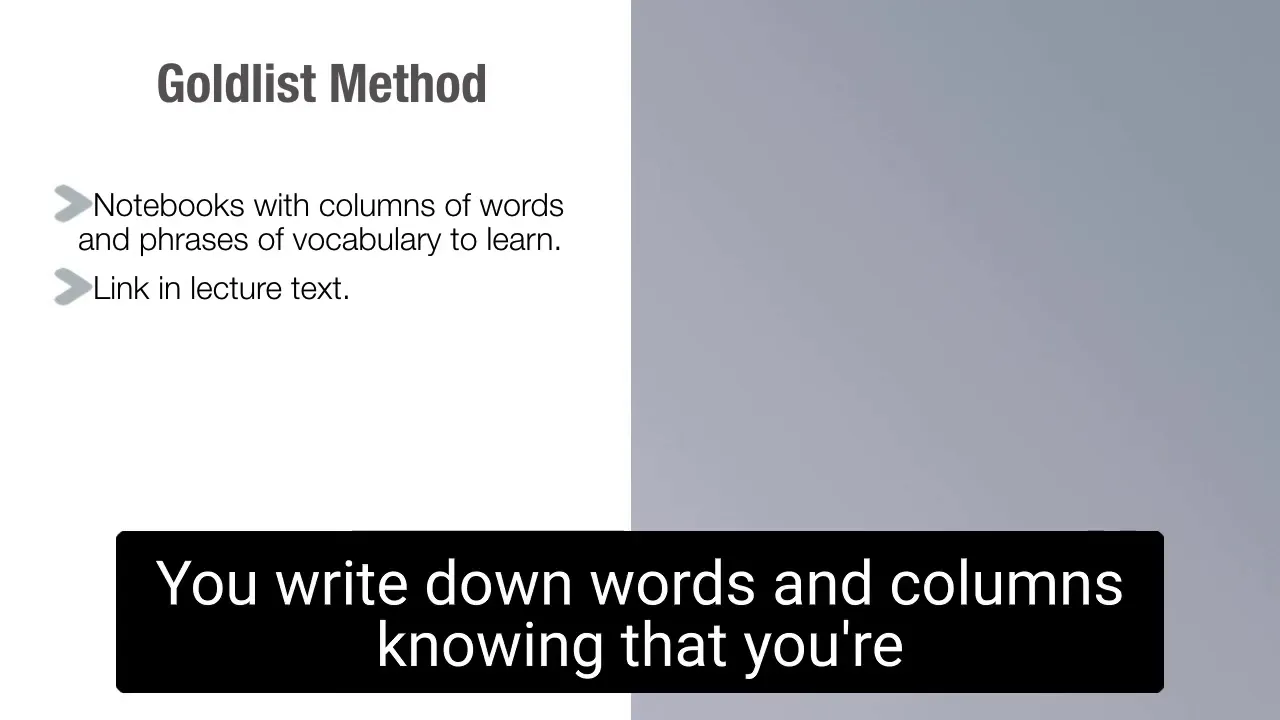
Putting it all together in your Second Language Acquisition Course: Vocabulary
Build a weekly routine that centres on input with scheduled opportunities for output. Example week:
- Daily: 30–60 minutes of input (audio, videos, reading).
- 2× per week: 30–60 minute conversation lessons to convert input into output.
- 2–3 short study sessions: vocabulary columns or Gold List for task-focused chunks.
- Ongoing: task cards for immediate communicative practice.
Track progress through tasks. When you can’t complete a task, that gap gives you a targeted reason to learn more meaningful chunks and recycle them into new input.
Conclusion
Design your own language course: acquire vocabulary around meaningful tasks, strong input habits and deliberate output. Focus on chunks, keep a 2:1 input-to-output ratio, and use practical tools — vocabulary columns, communication cards and the Gold List — to turn passive knowledge into real communicative ability. Start with one task (restaurant or taxi), build a small ring of cards, and schedule regular input sessions; you’ll see progress faster than with detached word lists.
If you want to follow the full lesson visually, watch the original video summarised here to see examples and demonstrations.
5 Weeks of No and Low Prep Fun
Need quick, engaging activities for your class? This free guide includes 25 no-prep and low-prep ideas to save time while keeping students excited about learning.
Download your free copy now.
